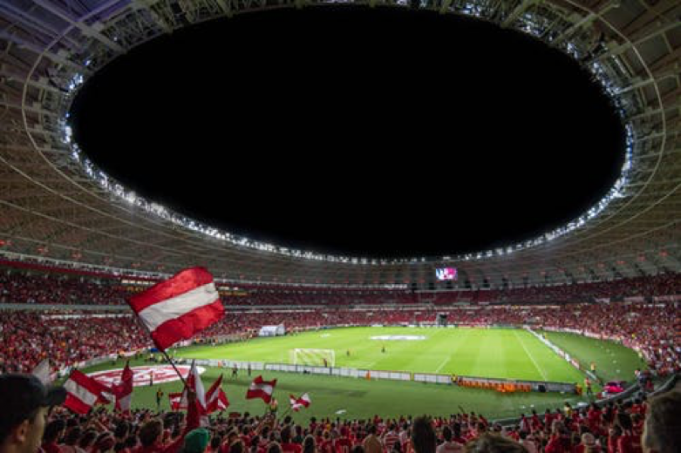Sometimes it might seem like the Premier League has an extremely long history. However, it has really only existed for fewer than 30 years, having first started in 1992. Even though the league’s history isn’t as long as some may think it is, it still has a very interesting history. There 20 Premier League clubs that contest the winning title every season have all had their moments, and millions of people enjoy watching every year to see who is going to come out on top. If you’re interested in how the Premier League came to be and how it has got to where it is today, read on.
The Origins of the Premier League
The late 1980s saw a slump for football in England. Stadiums and facilities were in poor condition, and there was a strong association with football and hooliganism – and with good reason. After the Heysel Stadium disaster in 1985, English football clubs were banned from competition in Europe, and the Football League First Division was behind leagues in other European countries. However, things started to look up as the ’90s began, with England reaching the semi-finals at the World Cup in 1990, Manchester United winning the UEFA Cup Winners’ Cup in 1991 and even an important report on stadium safety published.
English clubs had already begun to take a business approach to running things in the ’80s and the top clubs began to gain more power. For example, Division One clubs benefited from half of the television and sponsorship income in 1986. As money became more and more important, it began to lead to the creation of the Premier League.
Premier League Foundation
The Premier League on 20th February 1992. It began when the big five clubs met with Greg Dyke, managing director of London Weekend Television. During the meeting, the clubs agreed to form a league that would net them more money from television rights. They required The Football Association to back them, and the organisation agreed because they wanted to weaken the position of the Football League, with which they did not have a great relationship. The proposal for the new league was tabled at the end of the 1991 season and an agreement signed allowing the league to negotiate its own broadcast and sponsorship agreements.
The First Division football teams all chose to resign from the Football League in 1992. The FA Premier League then became a limited company in May of that year and the old Football League fell apart. The first season was help in 1992/93, with 22 clubs taking part. Today, 20 clubs contest the winning title.
Premier League in the Noughties
The biggest teams in the Premier League are those that even people outside of Europe who don’t like football are likely to recognise. During the noughties, the big four teams stood out and dominated the league. Manchester United, Liverpool, Arsenal and Chelsea claimed the top spots in the middle of the decade for five seasons from 2003/04 to 2008/09. Across the whole decade, they all secured European competition spots too. Arsenal even completed the 2003/04 season without ever losing a single game, becoming the first team to ever do so.
Four other teams managed to qualify for the Champions League during this time (Leeds United, Newcastle United, Everton and Tottenham Hotspur) but no one else managed to get through in the whole decade. There was some concern about the dominance of the top teams, but those running the league suggested that there were other battles to be fought even between the teams that were not at the top of the table.
Premier League in the 2010s
In more recent years, the four teams that previously dominated the league have turned into six. Tottenham Hotspur and Manchester City began to place in the top four more often, giving them more prominence in the league. There is still criticism of the same teams dominating the top spots and a focus on the top teams being able to spend more money than smaller clubs. The first team to win the league outside of the top four since 1995 was Manchester City, who bagged a win in the 2011/12 season. A report in 2017 showed that the big six teams had revenues of more than 350 million euros, while the next biggest club was Leicester City, with a revenue of 271.1 million.
You might not be taking your team to the top of the Premier League, but it’s important to look good. Make sure you have the right kit before you get on the field.






